[ad_1]
Authorities say the new technology will enable referees and football officials to make more precise decisions.
World Cup organisers revealed yet another unique and a one-of-a-kind surprise for the upcoming tournament in November: a technology-advanced ball.
The official match ball ‘Al Rihla’ will have a semi-automated offside technology, an enhanced version of the VAR (Video Assistant Referee) system that will enhance the already existing VAR system, used in 2018 FIFA World Cup in Russia.
The officials are certain that the new system will allow referees in making more precise judgements, in turn enhancing match-play and overall fairness.
“VAR has already had a very positive impact on football and we can see that the number of major mistakes has already been dramatically reduced. We expect that semi-automated offside technology can take us a step further,” said FIFA Referees Committee Chairman Pierluigi Collina in a statement.
The inspiration behind the World Cup ball
Al Rihla is the Arabic word for “the journey.”
It is the first World Cup ball in the 92-year history of the competition that will help raise money for projects that will improve people’s lives all around the world. One percent of Al Rihla’s net sales will go to the Common Goal movement.
It is the 14th FIFA World Cup ball produced by Adidas, and thanks to the detailed production and designed, the ball is made to enhance high-speed play because it flies quicker than any other ball used in the tournament.
Cutting-edge technology
The ball has a motion sensor inside that can track the player’s location at the moment the ball is kicked. This is used alongside technology installed at the stadium which will monitor the movement and positioning of the ball and players.
According to ESPN, the old VAR system took 70 seconds to determine an official case of offside. The choice will now be decided in just 25 seconds.
The ball is also “thermo bonded,” as was the case in the 2014 World Cup. This means the panels of the ball are joined together using heat, not stitching.
“We have made some changes in (the design of) footballs this time, keeping Qatar’s culture, environment, architecture, and flag in mind,” said Khawaja Masood Akhtar, the chairman of Forward Sports, a contracting manufacturer of global sports brand Adidas.
“And it will be environment-friendly.”
Made in Pakistan and China
Balls used for the upcoming event, hosted in the winter rather than the summer due to the scorching heat in Qatar, will be provided by Pakistan and China.
“We have once again been chosen to supply soccer balls for the World Cup, which is an honour for us and a testimony of the quality we have maintained,” Akhtar added.
Workers at the large manufacturing facility, located on the outskirts of Sialkot in the northeast, are putting in extra time to guarantee that the footballs will arrive to Qatar in time for kick off.
Sialkot, a city along the India border, is well known for manufacturing sporting items and has historically provided footballs for major games.
Exports of sporting products bring in $1 billion annually for the nation, with footballs accounting for $350 million to $500 million of the total number.
[ad_2]
Source link
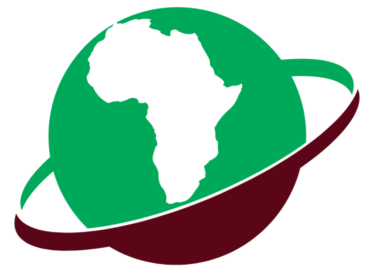

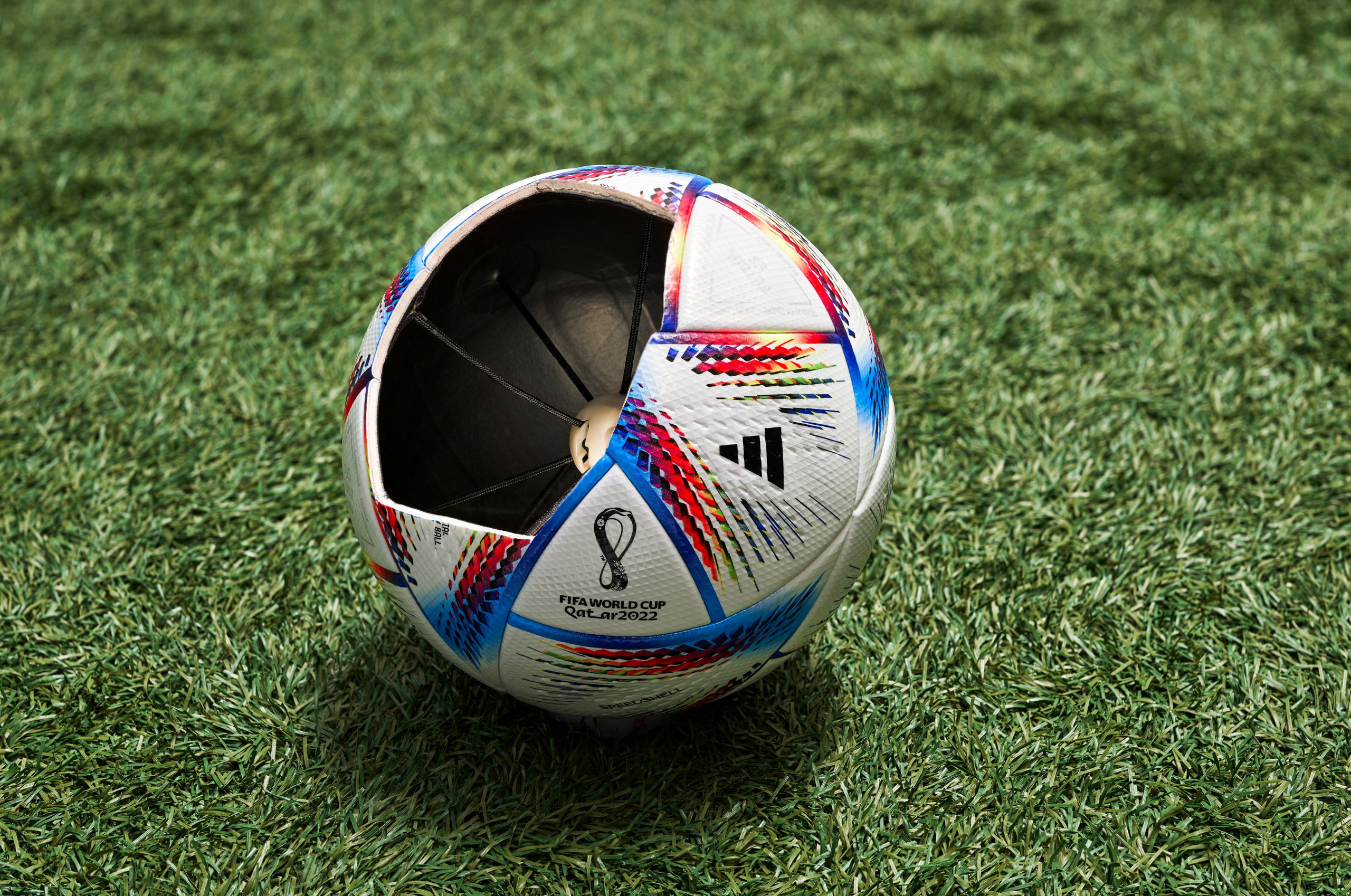



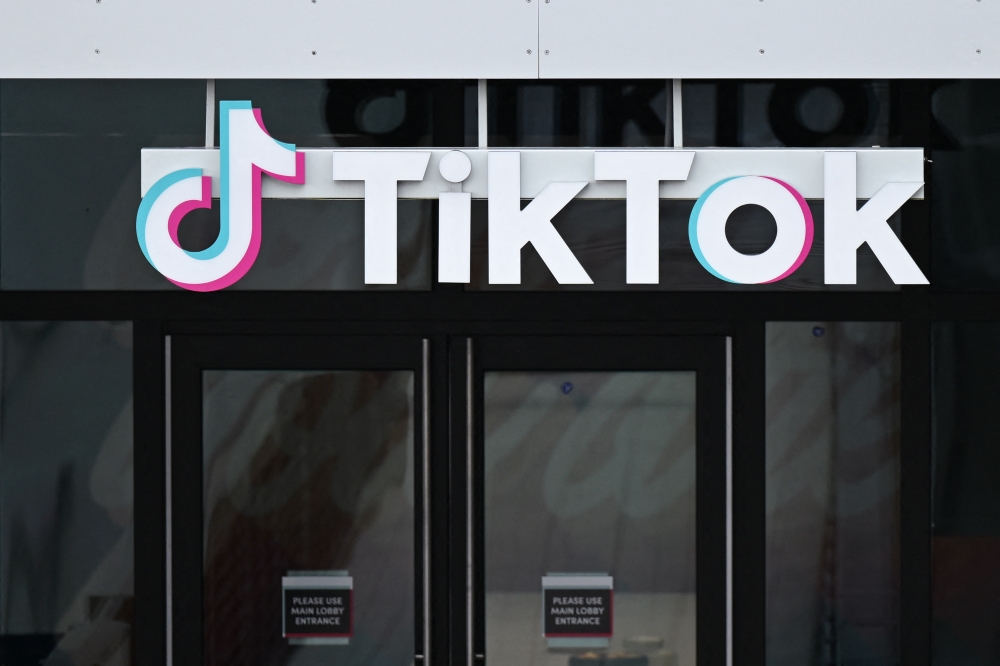
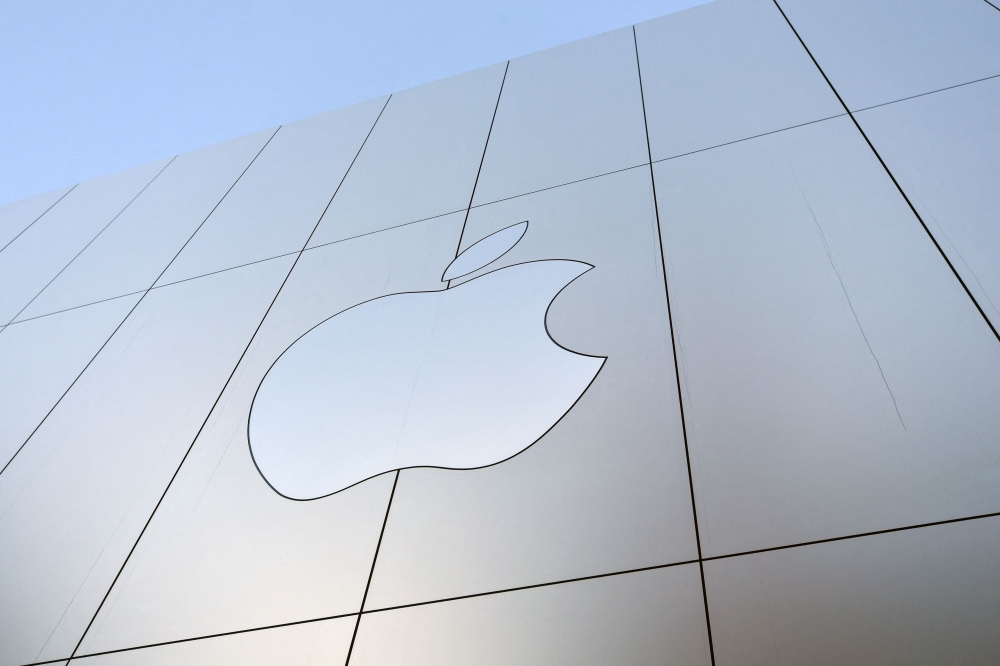
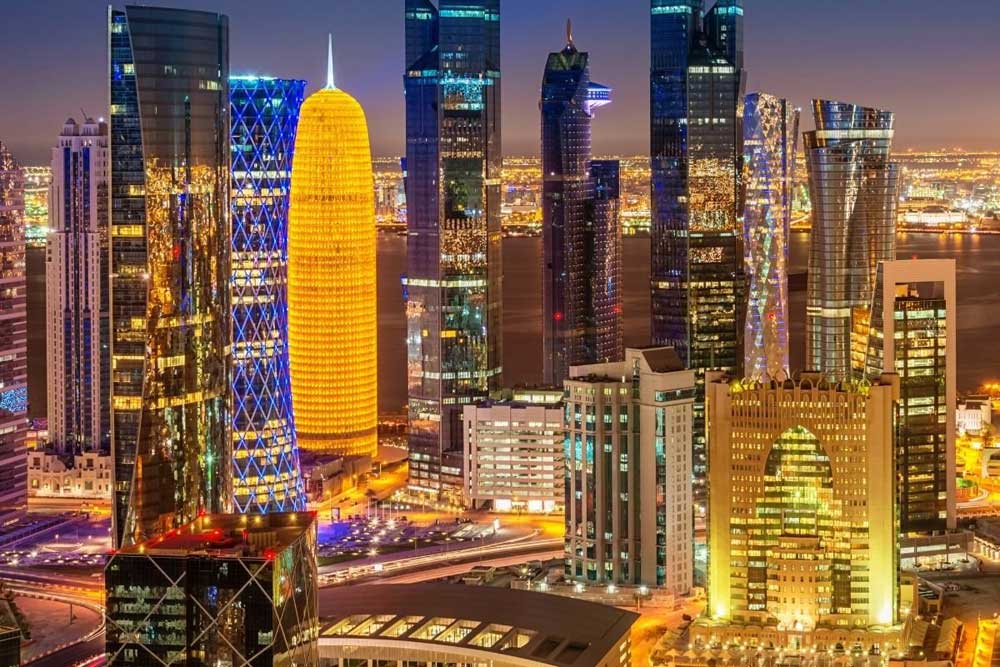






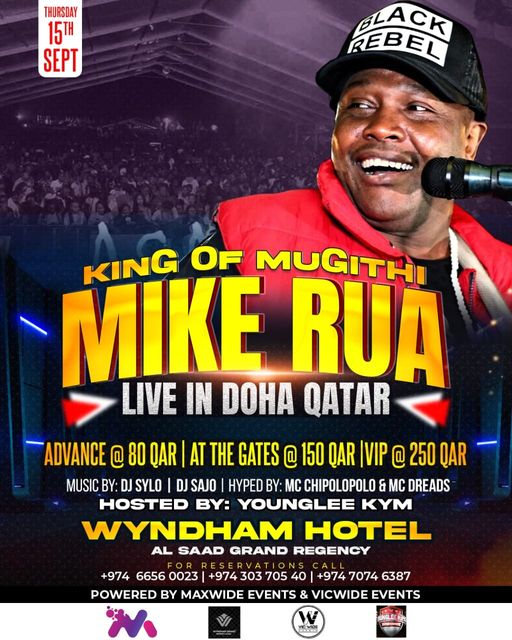

Leave a Reply